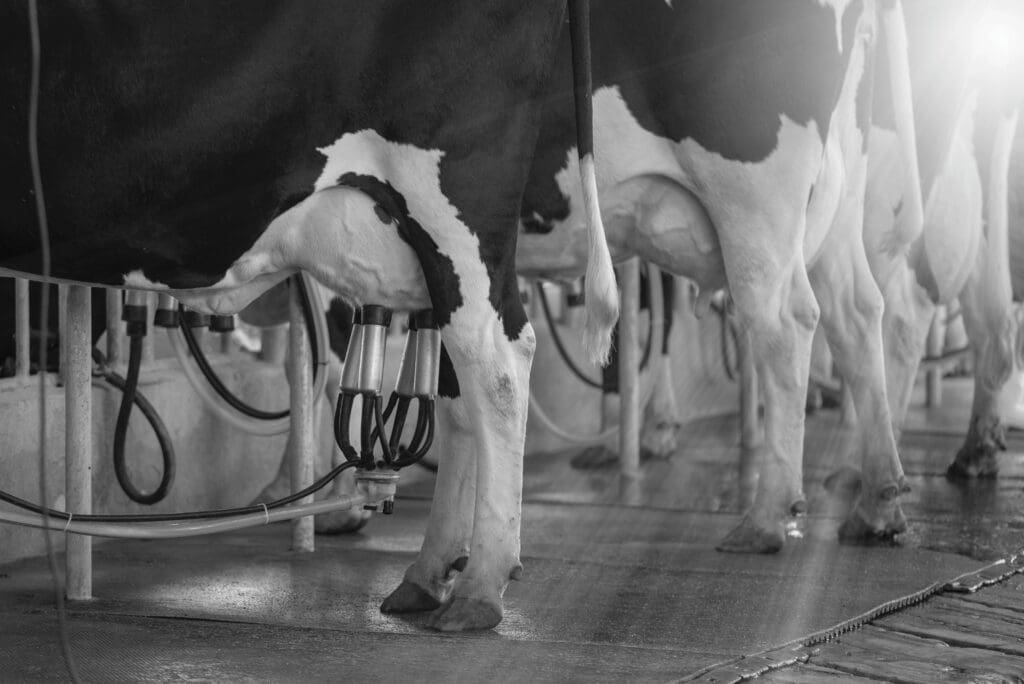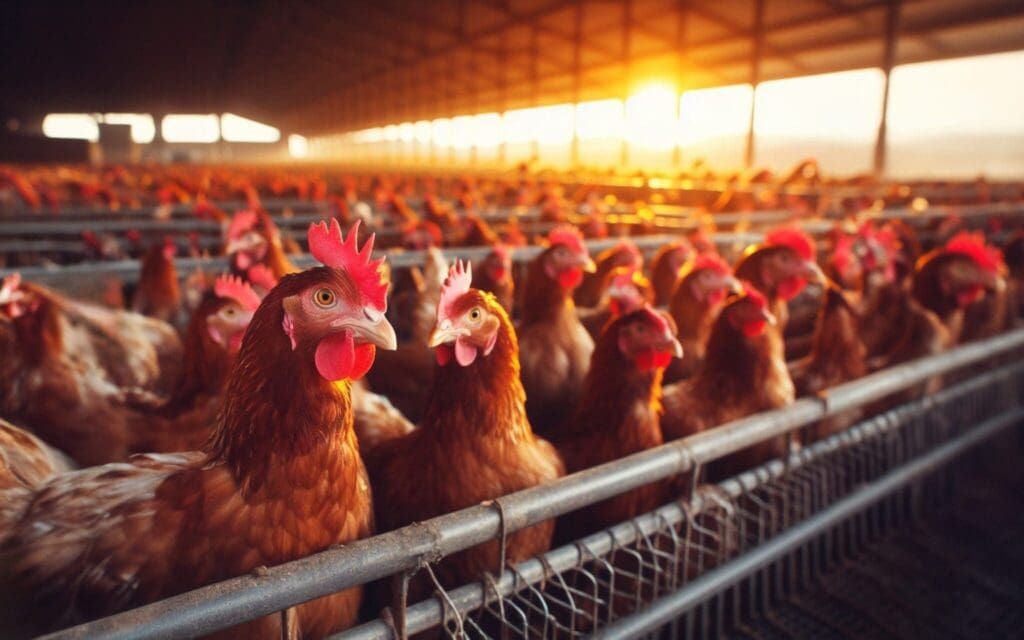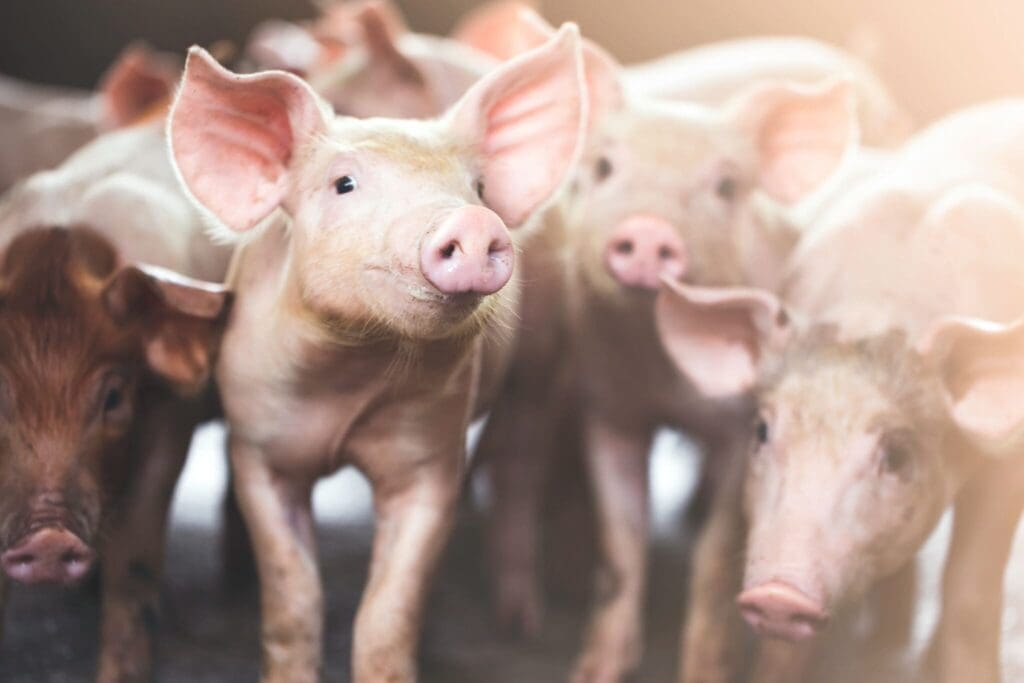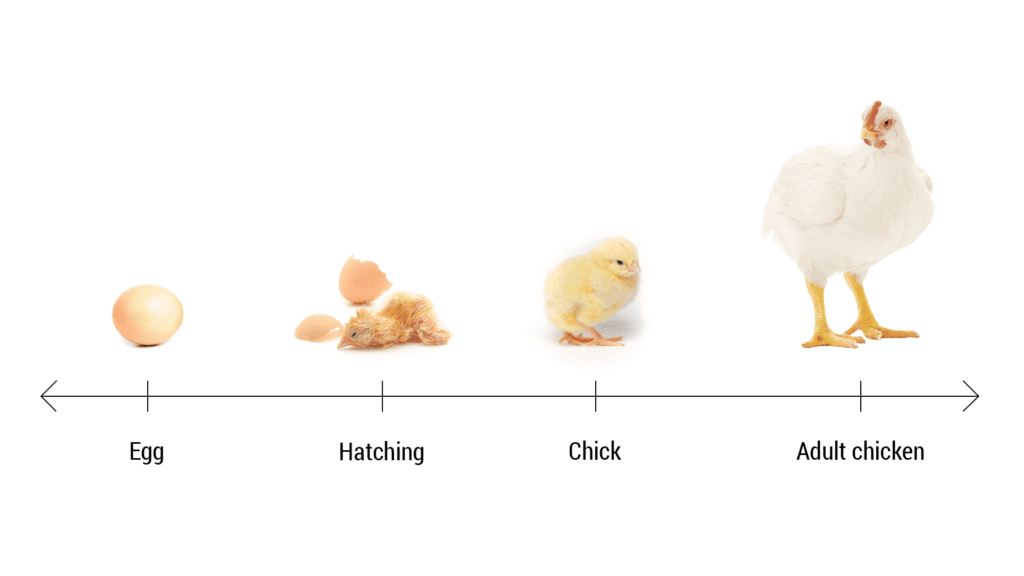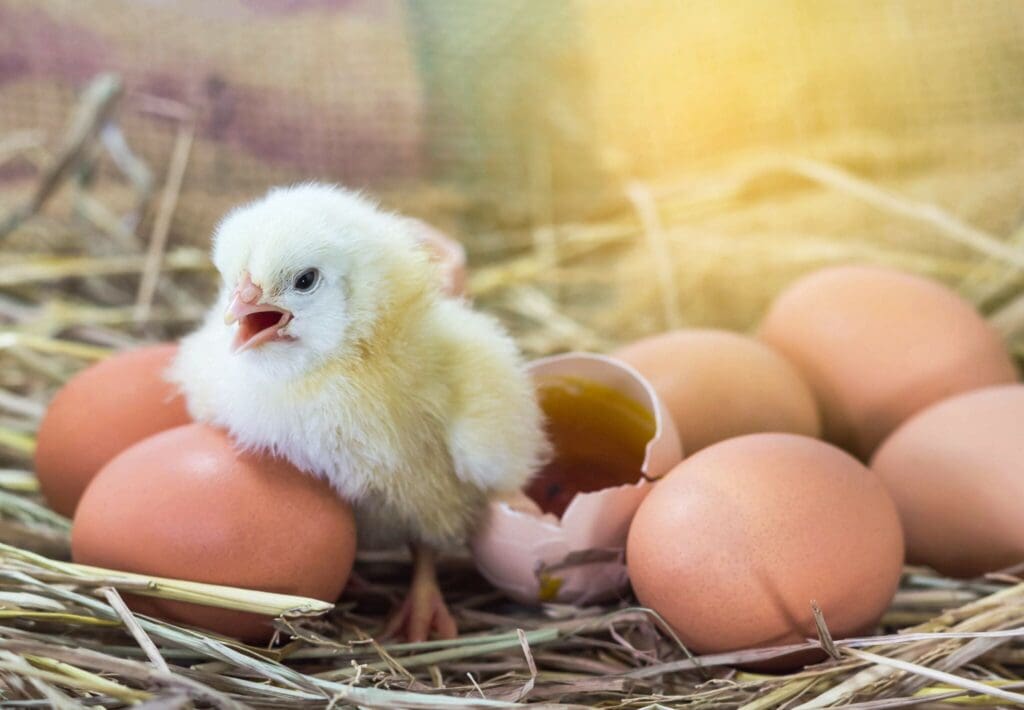It seems we can’t find what you’re looking for. Perhaps searching can help.
- ProductsProducts by partner
- Analytical services
- News
Poultry
Cracking the code to longevity: The revolution of long-life layer production
The egg industry is undergoing significant transformations, setting ambitious targets for production efficiency and sustainability. ...
12
FebSwine
Optimal gilt management ensures optimal lifetime performance
Sows serve as integral components within the dynamic framework of a piggery. Their pivotal role ...
1 Comment
07
FebPoultry
Trace mineral transfer from hen, to egg, to chick: At last, seeing the big picture
Throughout this series, we have looked at the phases in which trace minerals play a ...
05
FebPoultry
Trace mineral transfer from hen, to egg, to chick: Broiler health and performance
As discussed in the preceding articles in this series, the hen deposits nutrients, including minerals, ...
29
Jan - About
A team of passionate people, committed to enhancing feed and food production in sub-Saharan Africa.
Our Team - Contact
